List three characteristics that distinguish arthropods from organisms in kingdom Monera (3mks)
0 Comments
The graph below is of sewage on the population of a species of bacteria in a certain river11/9/2021 (a) Account for the charges in population of bacteria between 2 and 10 kilometers down the river (2mks)
Distinguish between interspecific and intra-specific competition (2mks)
State the characteristics that distinguish the following organisms into their respective classes9/9/2021
State the characteristics that distinguish the following organisms into their respective classes (3mks)
Millipedes, spider and tsetse fly
CLASSIFICATION 1. 1995 Q3 P1 State two ways in which some fungi are harmful to man (2 marks) 2. 1995 Q6 P1 The diagram below represents a fern
Name (a) The parts labelled A and B ( 2 marks) (b) The division to which the plant belongs ( 1 mark)
K.C.S.E Biology Q & A - MODEL 2019PP1QN21
Make a diagram of a simple, bibbed leaf with a serrated margin.
K.C.S.E Biology Q & A - MODEL 2019PP1QN02
Explain why the bat is classified as a mammal yet it flies.
answers
K.C.S.E Biology Q & A - MODEL 2019PP1QN02
Besides venation, state two other external characteristics of leaves that can be used to classify plants.
answers
(a) shape of the leaf blade/lamina(broadness or narrowness); leaf margin(smooth or serrated); leaf apex(pinnate dot rounded);leaf arrangement; leaf colour ; (leaf texture(smooth or rough); leaf type(simple or compound)leaf sheath/petiole(absence or presence)
(b) has mammary gland; body covered with fur/hair; gives birth/does not lay eggs; has external ears/pinnae; has seven cervical vertebrae; has sweat glands; heterodonts/four types of teeth K.C.S.E Biology Q & A - MODEL 2019PP1QN01
Name the characteristic of living organisms illustrated by each of the activities described below:
(a) Dressing heavily (b) Bursting of the sporangium in the Rhizopus sp
answers
K.C.S.E Biology Q & A - MODEL 2018PP2QN05
The photograph below represents a plant in a Certain Division
(a) (i) Name the Division to which the plant belongs.
(ii) With reference to the Photograph, state three observable features of the Division named in a(i) above. (b) Name the part labelled N and P. N P (c) Explain how the part labelled Q is adapted to its function
answers
a) i. Bryophyta;
ii. Has capsules (for enclosing spores); Has (long) setae (for supporting the capsules/for effective propagation of spores); (Developed) rhizoids (for anchorage/absorption of water/mineral salts); Thalloid in nature/Thallus/undifferentiated; b) N — Capsule; P—Seta; (c)Numerous/hair-like to increase the surface area for absorption;/to enhance rate of absorption of water/nutrients/dissolved mineral salts; Numerous/hair-like to hold firmly on the surface/not to be easily blown away/displaced/anchorage;
K.C.S.E Biology Q & A - MODEL 2018PP1QN02
State two observable features that place a millipede into its Class.
answers
K.C.S.E Biology Q & A - MODEL 2016PP1QN22
State three characteristics of the class Crustacea.
answers
K.C.S.E Biology Q & A - MODEL 2016PP1QN03
State the important of tactic response among some members of the kingdom protista.
answer
K.C.S.E Biology Q & A - MODEL 2015PP1QN16
State four structural differences between millipedes and centipedes.
answers
Millipedes Centipedes
Cylindrical body Dorso - ventrally flattened Head has two clumps of many simple eyes Head has a pair of simple eyes Each segment has two pairs of walking Each segment has a pair of waking legs legs (except the first thoracic segment) Head has a pair of short antennae; Head has a pair of long antennae. No poison claws Has poison claws Three body parts - head short, throrax, Two body parts - head and trunk and trunk Has anterior genital aperture Has aposterior genital aperture Has 9 - 100 segments Has 15 - 21 segments
K.C.S.E Biology Q & A - MODEL 2015PP1QN05
How is the low power objective lens manipulated to focus a specimen for observation under a light microscope?
answers
K.C.S.E Biology Q & A - MODEL 2015PP1QN05
State two advantages of using a coverslip when preparing a specimen for observation under a light microscope.
answers
(i) To hold the specimen in place;
(ii) Protects specimen from dehydration/drying up/dust particles; (iii)Protect objective lens from staining.
K.C.S.E Biology Q & A - MODEL 2015PP1QN01
State two guidelines that should be followed when typing scientific names.
answers
K.C.S.E Biology Q & A - MODEL 2013PP2QN01
The diagram below represents a plant in the division Bryophyta.
(i) Name the parts labelled B and D.
B D (ii) State one function for each of the parts labelled A and C. A C (b) The diagram below represents a member of the kingdom Animalia.
(i) Name the phylum to which the organism belongs.
(ii) Using observable features in the diagram, give three reasons for the answer in b(i).
answers
(a) (i) B Seta/stalk;
D Rhizoid: (ii) A Production of spores/sporulation; C Photosynthesis; (b) (i) Arthropoda; (ii) Segmented body; Jointed appendages; Presence of exoskeleton K.C.S.E Biology Q & A - MODEL 2013PP1QN12
(a) A student collected an organism and observed the following features: simple eyes,four pairs of legs and two body parts.
(i) State the class to which the organism belongs. (ii) Give an example of an organism in this class. (b) Name the kingdom to which plasmodium belongs.
answers
(a) (i) Arachnida;
(ii) Spider/scorpion/tick/mite; (b) Protoctista/protista;
K.C.S.E Biology Q & A - MODEL 2013PP1QN08
Construct a step in a dichotomous key using two leaves one with a serrated and the other with a smooth margin.
answers
1(a) - Leaf with serrated margin -- go to 2;
(b) - Leaf with smooth margin -- go to --;
K.C.S.E Biology Q & A - MODEL 2013PP1QN03
Name the taxonomic unit that comes immediately after a phylum in classification.
answers
K.C.S.E Biology Q & A - MODEL 2013PP1QN03
State two external features found in the class Mammalia only.
answers
K.C.S.E Biology Q & A - MODEL 2012PP1QN02
The diagram below represents a certain organism collected by a student at the sea shore.
(a) Name the class to which the organism belongs.
(b) Give three reasons for your answer in (a) above.
answers
K.C.S.E Biology Q & A - MODEL 2011PP1QN12
The diagram below represents a certain organism.
State the phylum and class to which it belongs.
Phylum Class
answers
Chordata; . Aves; .
K.C.S.E Biology Q & A - MODEL 2011PP1QN09
The diagrams below illustrate the organs of some flowering plants.
State the classes of plants to which each belong.
A B
answers
(a) Dicotyledonae;
(b) Monocotyledonae;
K.C.S.E Biology Q & A - MODEL 2011PP1QN08
State three characteristics of the class crustacea.
answers
|
Archives
December 2024
Categories
All
TOPICSFORM 1
Form 2
Form 3
Form 4
|
Can't find what you are looking for? Don't worry, Use the Search Box Below.
|
Primary Resources
College Resources
|
Secondary Resources
|
Contact Us
Manyam Franchise
P.O Box 1189 - 40200 Kisii Tel: 0728 450 424 Tel: 0738 619 279 E-mail - sales@manyamfranchise.com |
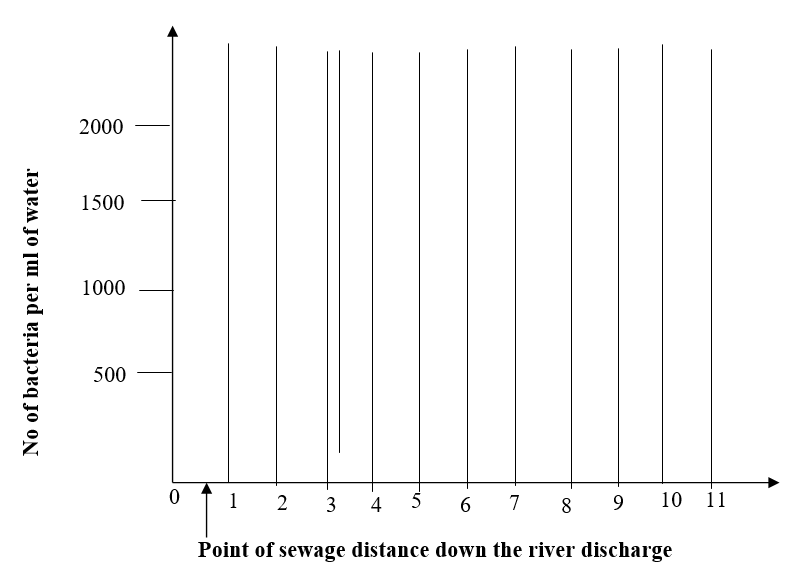


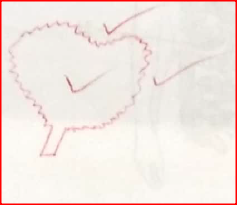
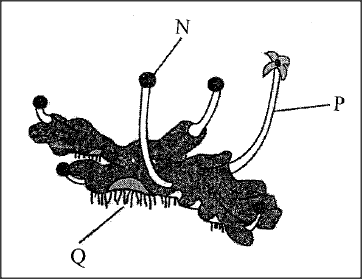
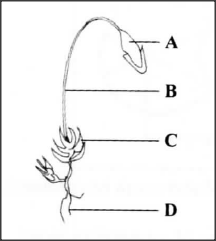
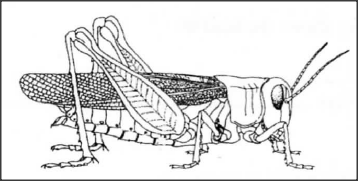
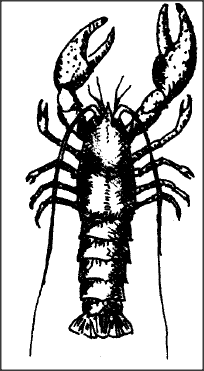

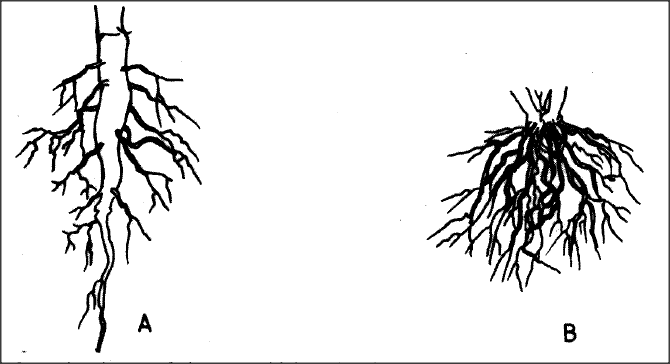

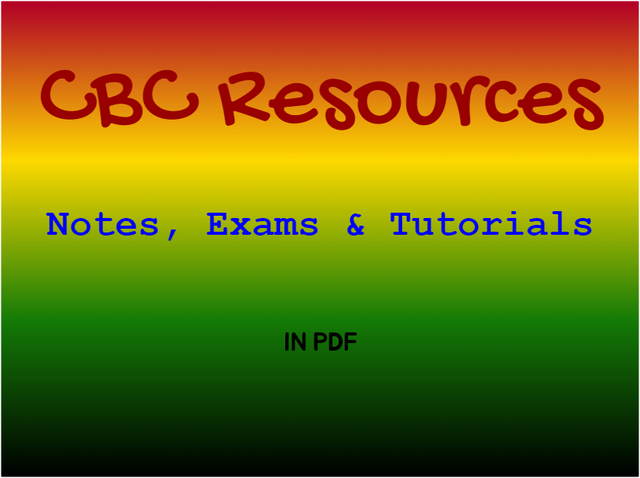





 RSS Feed
RSS Feed

